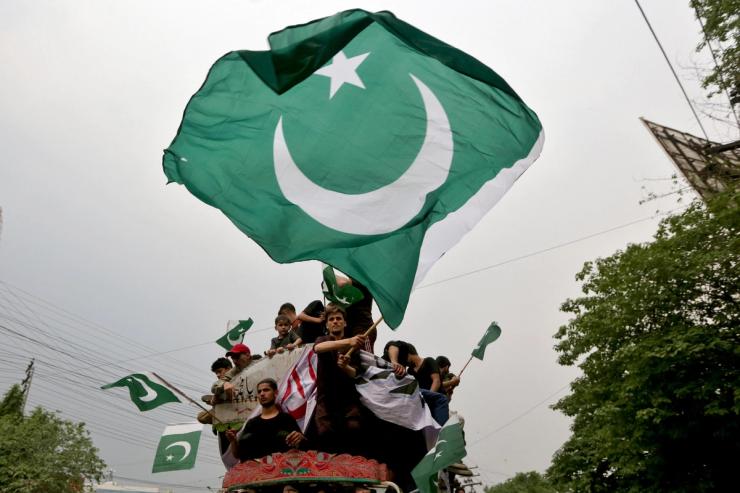The News
A US-mediated ceasefire between India and Pakistan appeared to hold Sunday, even as Islamabad and New Delhi traded accusations that the other had breached the deal.
Saturday’s agreement halted what had become the worst outbreak of fighting between the nuclear-armed countries in decades, triggered by the killing of dozens of tourists in Indian-administered Kashmir last month — an attack India had linked to Pakistan.
US President Donald Trump said he was “very proud” of New Delhi and Islamabad for agreeing to a ceasefire, promising that Washington would “increase trade, substantially,” with both countries.
SIGNALS
The White House steps in, belatedly
Donald Trump’s second term has seen Washington pull back somewhat from the world stage — sometimes in dramatic fashion, as with the USAID cuts: Just days ago, Vice President JD Vance described the India-Pakistan conflict as “fundamentally none of our business.” But the White House apparently received “alarming intelligence,” CNN reported, leading Vance to call Indian Prime Minister Narendra Modi and encourage him to deescalate with Pakistan. In particular, the Trump administration became concerned the conflict “might quickly go nuclear,” The New York Times reported. The US has long played an interventionist role in past strife, but “this time, they initially stayed hands-off,” a Lahore-based defense analyst told the BBC. “Only when they saw how it was playing out did they step in to manage it.”
Ceasefire will not end decades-old tensions
Despite the truce, the political reality and underlying tensions “remain unchanged,” and analysts were quick to warn that the conditions remain for another, future clash to arise, with each country gripped by religious nationalism, The New York Times’ South Asia bureau chief wrote. Unlike past conflagrations, the most recent one featured new technologies that allowed for more rapid and more dangerous escalation, including drone attacks. The days-long absence of global intervention only emboldened both nations’ hardline factions, an Atlantic Council expert wrote: “Without sustained global pressure… the cycle of escalation will persist. The world cannot afford to wait until the brink again.”
Conflict triggered a war of information
Rampant misinformation and increased government control over media complicated efforts to understand what happened on the ground. India ordered Elon Musk’s social network X to cut off thousands of accounts, while independent Indian news outlet The Wire said New Delhi also blocked its website, calling it “blatant censorship.” Other Indian media outlets promoted false claims — including at one point that the capital of Pakistan had been captured — while social media accounts in both countries spread fake videos of destruction, “trying to pass them off as evidence of their country’s dominance,” The Washington Post wrote. The heightened nationalist sentiment has persisted online, with some right-wing Indian accounts attacking their country’s foreign secretary for agreeing to the ceasefire.



